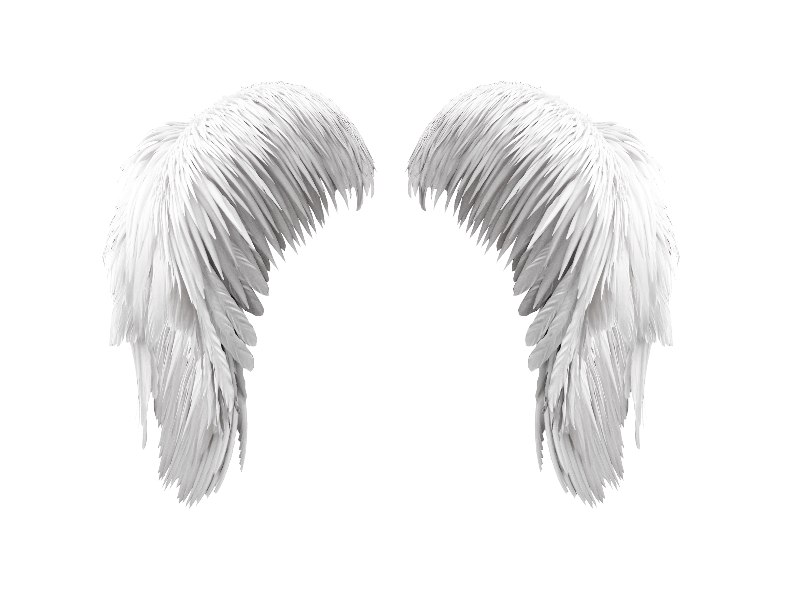

Photonic structures present in these scales may mediate the associated light emission. The phenomenon has however been investigated in several butterfly and moth species, in which the coloured wing scales are known to embed fluorophores such as papiliochrome II. One example is the transparent wings of insects from the order Hemiptera: fluorescence emission has so far not been reported in any of the 3,000 described species of the superfamily Cicadoidea. That allows more light traveling through the air to pass through the wing rather than reflect off of it, softening the glare.In spite of the crucial role it is believed to play in nature, fluorescence in natural organisms remains under-investigated from optical, chemical and biological perspectives. But an array of tiny wax bumps coats the surface of the membrane, creating a more gradual shift between the optical qualities of the air and wing. If the membrane surface were flat, the abrupt change in optical properties between the air and wing would cause light traveling through the air to bounce off the wing’s surface and reduce transparency, Patel explains. oto’s wing membrane also helps reduce the glare coming off transparent regions of the wing. But butterflies need at least some scales in the transparent parts of their wings: The water-repellant scales help prevent the wings from sticking together when it rains, he says. “You’d think the simplest solution would be to just not have any scales,” says coauthor Nipam Patel, a biologist at the Marine Biological Laboratory in Woods Hole, Mass. The black region contains overlapping, leaflike scales (shown in false color at right). The transparent region contains sparse, thin scales that have either single or forked bristles (shown in false color at center). The boundary between clear and opaque regions of a glasswing butterfly wing (magnified image at left) reveals two types of scales. As a result, only about 2 percent of the underlying clear wing membrane was visible in black regions, but about 80 percent of the membrane was exposed in transparent areas. But the transparent areas sported narrow, bristle-like scales spaced farther apart. oto’s wings were densely packed with flat, leaflike scales. Using confocal and electron microscopes, Pomerantz and colleagues found that the black rims of G. “They were really interesting and mysterious,” he recalls, “like these little, invisible jets that glide around in the rainforest.” “You have to modify your entire body to minimize any scattering or reflection of light.”Īaron Pomerantz, a biologist at the University of California, Berkeley, became fascinated by butterflies with transparent wings while doing research in Peru. Transparent animals can instantly blend into any background ( SN: 6/5/19). Transparency is the ultimate form of camouflage, says James Barnett, a behavioral ecologist at McMaster University in Hamilton, Canada, who wasn’t involved in the work. Sparse, spindly scales overlaying a see-through wing membrane with antireflective properties help make these insects so stealthy, researchers report in the May issue of the Journal of Experimental Biology. To figure out how these Central American butterflies go incognito, researchers put the wings of glasswing butterflies ( Greta oto) under the microscope. But some species, like the glasswing butterfly, use mostly transparent wings to hide in plain sight. Most butterflies sport colorful, eye-catching patterns on their wings.


 0 kommentar(er)
0 kommentar(er)
